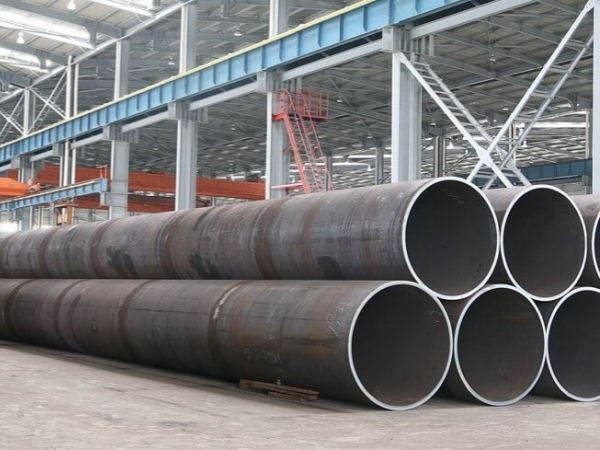Welded steel pipes often feature various groove forms or joint configurations that are used to connect and secure the pipes during the welding process. Here's a brief overview of the common groove form of welded steel pipe.
Due to variations in material thickness and welding quality requirements, welding joints and groove shapes differ accordingly. Commonly, groove forms are categorized into types such as K-type, V-type, I-type, U-type, X-type, and others.

1. Groove Surface:
The surface on the welding piece designated for the groove is referred to as the groove surface.
2. Groove Surface Angle and Groove Angle:
The angle between the end face of the groove to be processed and the groove surface is termed the groove surface angle, while the angle between the two groove surfaces is known as the groove angle.
3. Root Gap:
The gap preserved between the joint's roots before welding, known as the root gap or assembly gap, ensures root penetration during bottom welding.
4. Blunt Edge:
Along the root of the grooved weldment joint, the straight side part is termed a blunt edge. It serves to prevent root burn-through.
5. Root Radius:
The fillet radius at the bottom of J-shaped and U-shaped grooves is called the root radius. Its purpose is to increase space at the groove's root for enhanced penetration.
Function:
The primary purpose of the groove is to ensure root penetration, allowing the welding heat source to reach the joint's root and ensuring joint quality. Additionally, the groove facilitates adjustment of the base metal to filler metal ratio.
Selection of Welding Groove:
Principles for selecting a welding groove typically include:
Ensuring workpiece penetration (manual arc welding generally requires a penetration depth of 2 to 4mm) while maintaining welding convenience.
Opting for a groove shape that is easy to process.
Enhancing welding productivity and conserving welding rods whenever possible.
Minimizing post-welding workpiece deformation.
Groove Welding Symbols:
Groove welding symbols are employed when two parts meet in the same plane, usually in a butt joint. These symbols closely resemble the actual grooves used in welding, and their application varies based on the need for preparation before welding. The choice of groove welding symbol depends on the specific requirements of the welding process and joint configuration.